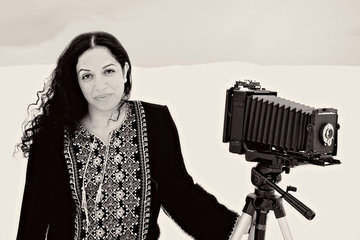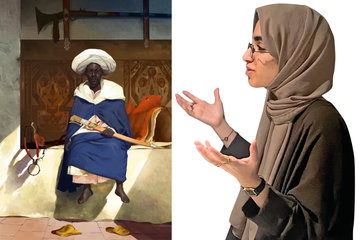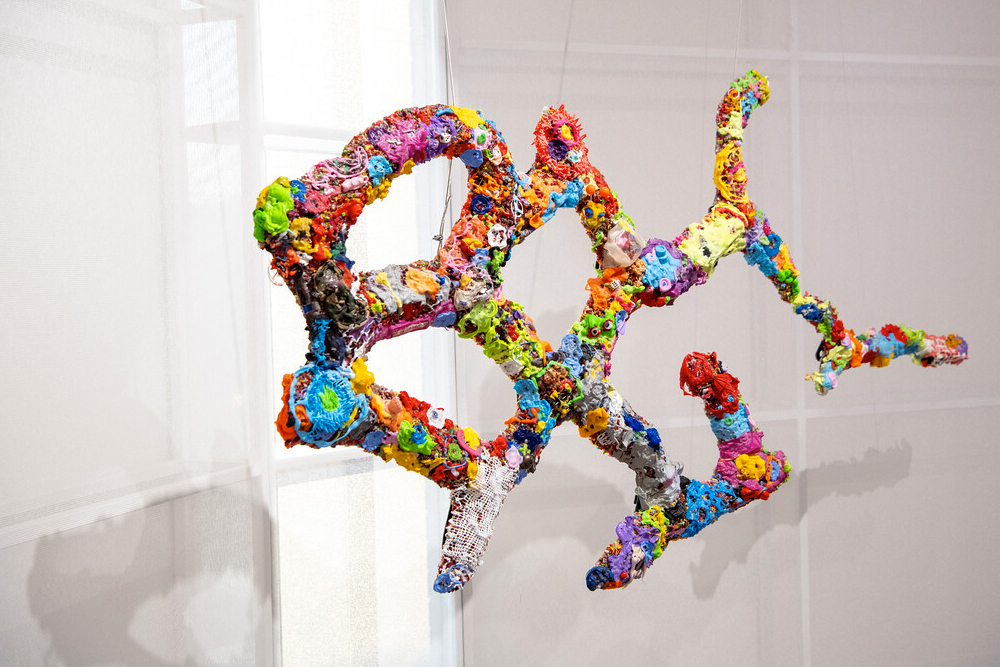
The latest art showcase at the Misk Art Institute's Masaha Residency features 11 artists from around the world, as well as two writers, who delve into the intersection of tradition and social development. This fifth cycle of the program brought together artists from different cultures to create innovative art projects driven by research. The artists, through architecture, music, and culture, discovered elements of their own heritage in the Saudi Arabian landscape.
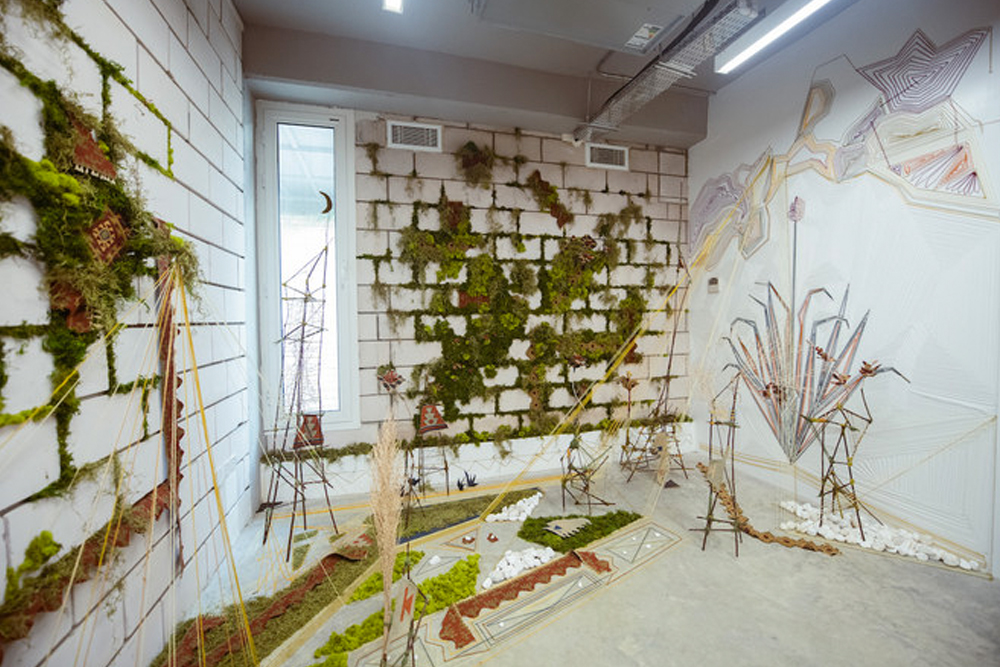
One unique aspect of this cycle was the inclusion of dual artists who collaborated on their artwork, a new experiment that surprised both the participants and the institute. An excellent experience was made possible by the eclectic mix of Saudi, Khaleeji, and foreign artists from different continents.
Among the participants were Ilyas Hajji, a photographer, and Nastya Indrikova, a researcher from Russia. They worked together to reconstruct the perilous Hajj pilgrimage route, which posed challenges to many, including Muslims in Dagestan during and after the Soviet Union's collapse. The pair highlighted the effect on the millions of people who were finally permitted to travel freely following the breakdown of the union using Hajj artefacts.
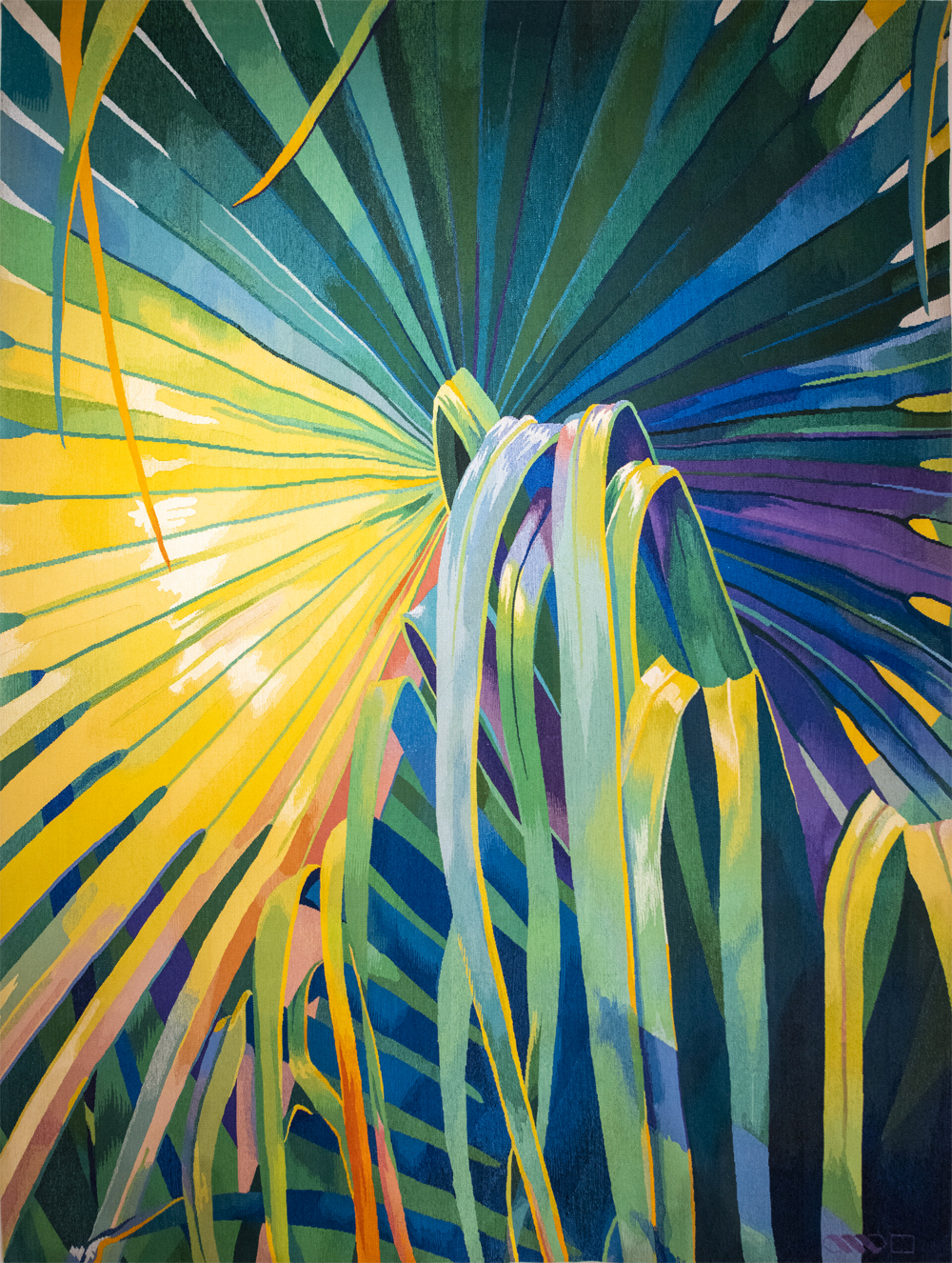
Areej Kaoud, a Palestinian artist based in London, explored the marketplaces of Riyadh in her piece "Still Hungry," aiming to find a sense of belonging. She saw that these venues are used by their owners to cure their own uprootedness in addition to being centres of trade. Kaoud's video documented a marketplace where diaspora from different countries preserve and share their cultural traditions.
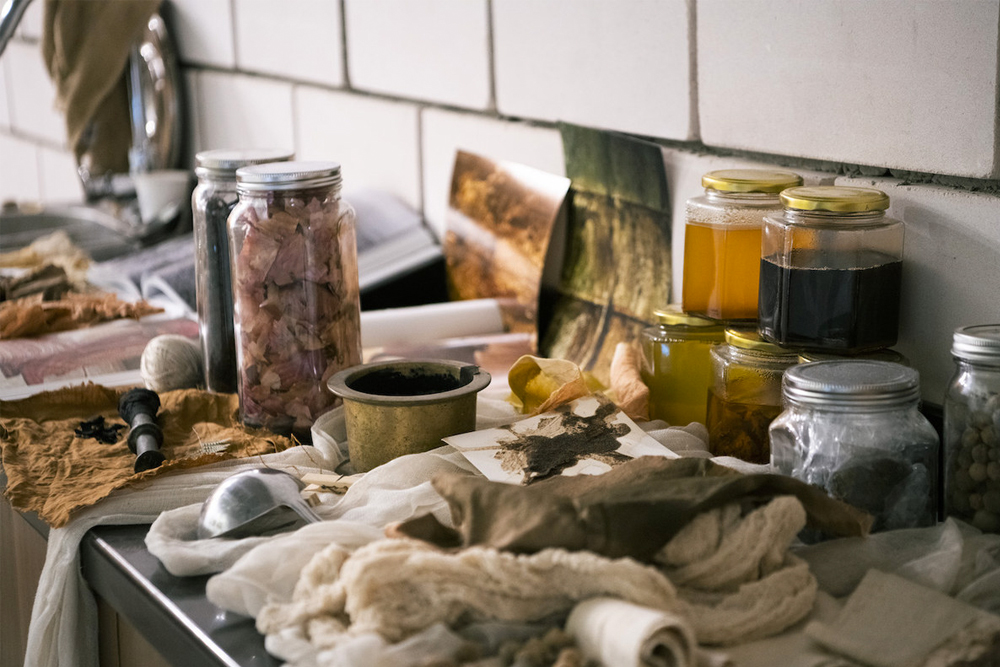
Liao Lihong, a Chinese artist residing in Paris, created a musical instrument that combined the forms of an abacus, a qanun, and an oud. Lihong was inspired by the sound of the abacus, which she remembered from her elementary school days in China. Her idea was to combine the functionality of the abacus with the musicality it evokes.
Aleena Khan celebrated Saudi Arabia's historical first of having a female astronaut and her colleague reach the International Space Station. In her artwork "A Calling from the Moon," she explored the popular myth in Pakistan that Neil Armstrong heard the Adhan, the call to prayer, on the moon. Khan drew parallels between the moon’s surface and the Arabian desert.
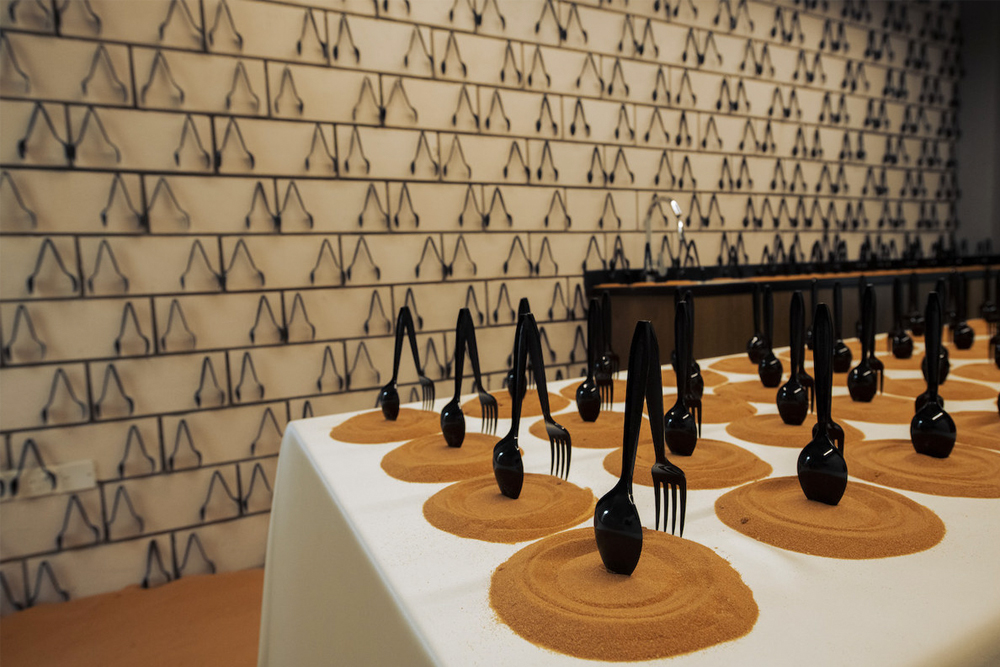
Dia Mrad, a Lebanese photographer, found hope in the fragments of demolished architecture in Riyadh. His work "Traditions of Change" involved extensive research and photography of the city's changing neighborhoods. Mrad screen-printed fallen debris with pictures of houses slated for destruction, capturing the essence of the city's history and the impact of Vision 2030.
The Prince Faisal bin Fahd Arts Hall in Riyadh is hosting the exhibition, which runs until June 10. It features a variety of mediums, including installation, textiles, silkscreen, and Arabic writing.


